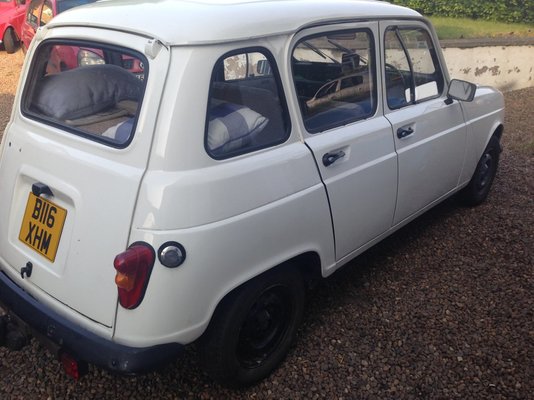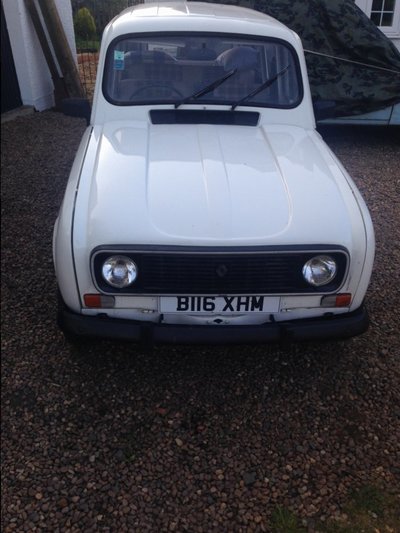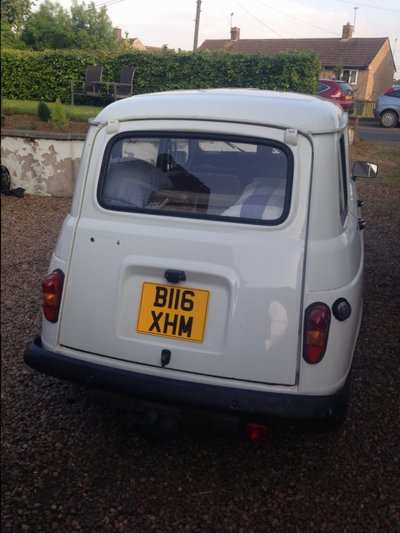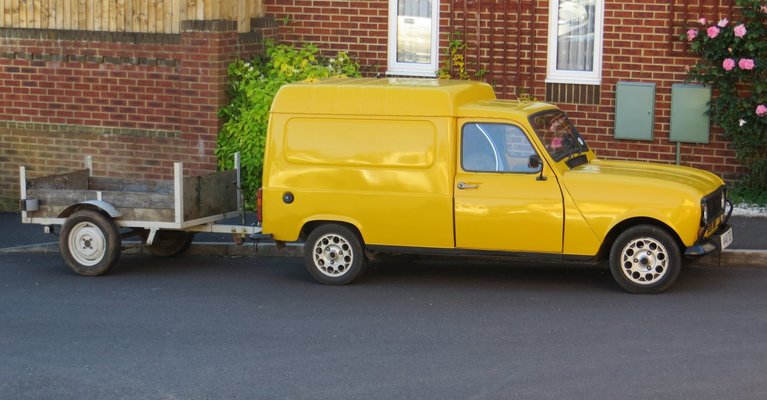Cornish4
Le Dazzleur
- Messages
- 1,812
- Location
- Falmouth
The only accurate way to measure the temperature of an engine is by monitoring the temperature of the cooling water, so the temperature sensor fitted to the back of the cylinder head is quite frankly a waste of time as it merely measures the temperature of the aluminium that the head is made of, and warns of a problem far too late. Sorry Jonathan and Andrew. By far the best way to measure the coolant is to have a sensor in the waterpump, which measures the temperature before the thermostat so giving a true reading of the engine temperature. If the thermostat is set at say 82 degrees, just as the gauge registers that the thermostat should open, and if the temperature rises to 85 the fan switch should then cut in and so the fan should start up. As soon as the temperature has dropped by a couple of degrees the fan should stop. As long as the system has been completely bled of air, and the waterpump is in good condition as is the radiator, and there is no build up of sludge in the engine, all should be good.







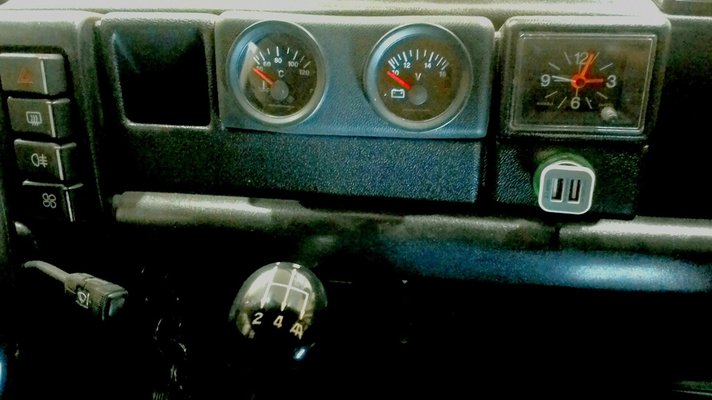
 did fail the first time though on rear brake imbalance
did fail the first time though on rear brake imbalance  found out eventually it was the load compensator, why did they put it there
found out eventually it was the load compensator, why did they put it there  anyway up and running and going to be my wife's car (and she's going to to call it Bessy
anyway up and running and going to be my wife's car (and she's going to to call it Bessy  ), wheels have been blasted and now ready for painting
), wheels have been blasted and now ready for painting 